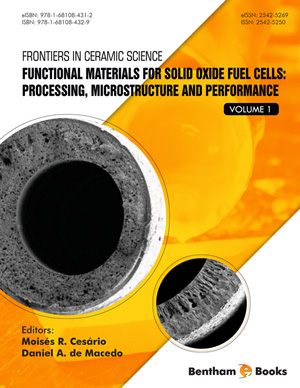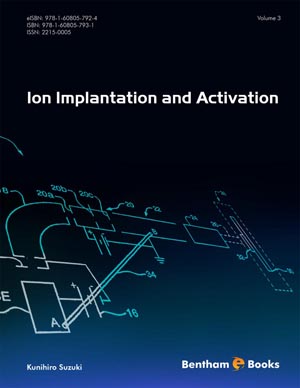Abstract
Reactive sputter deposition is frequently carried out in a mixture of argon and oxygen or nitrogen to obtain oxides and nitrides. The behavior of such "single-reactive gas" processes has been explained theoretically and verified by numerous industrial thin film deposition applications. However, mixing two reactive gases with the argon sputtering gas in order to carry out reactive sputter deposition of oxy-nitride films is a far more complicated process. A first order simple process model for such a mixed process is presented. Modelling indicates that altering the supply of one gas will not only cause a change of the partial pressure of this gas but also may significantly change the partial pressure of the other reactive gas. Moreover, different reactivities of the reactive gases result in stoichiometries that are very different from the relative reactive gas supplies. This linked behavior between the reactive gases may cause severe process control problems. In a second part of the chapter, a more advanced model is presented, which includes reactive ion implantation and knock-on implantation. First this model is tested vs. experimental results published in literature. Based on the good agreement in the noticed trends, the time dependence of the poisoning behavior of the target is discussed. Finally, the influence of the deposition profile on the hysteresis behavior, and the composition of the oxynitride is discussed, showing the importance of a complete model.
Keywords: Sputtering, reactive sputtering, oxynitrides, process modelling, chemical reactivity, target poisoning, process control, hysteresis.












